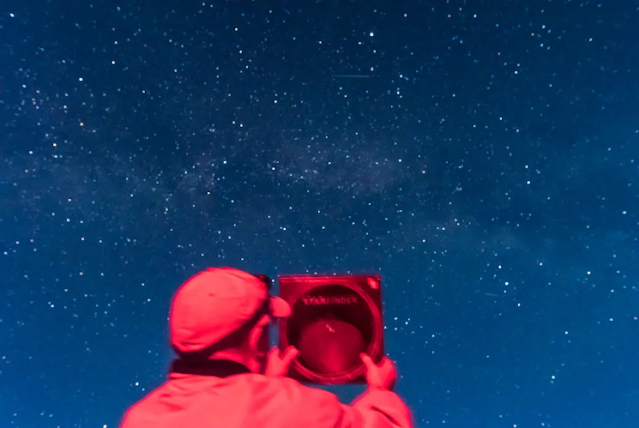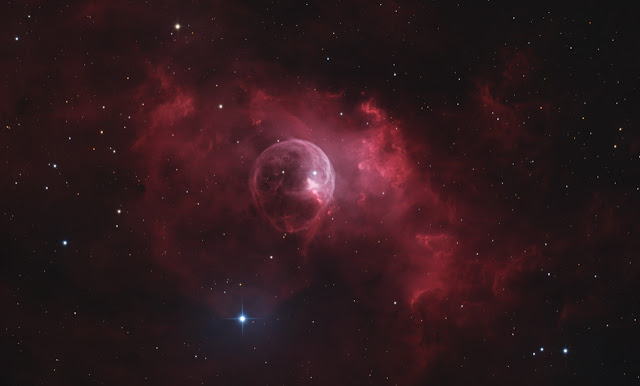Unlocking the Night Sky by Navigating with Astronomical Planispheres

Use a red light torch to help you see your planisphere as this will help preserve your dark-adapted vision. Photo by VW Pics/Universal Images Group via Getty Images. Astronomy is a captivating hobby that allows individuals to connect with the wonders of the universe, and one of the key tools for navigating the night sky is an astronomical planisphere. A planisphere is essentially a star chart that provides a dynamic view of the stars and constellations for any given date and time. It's a fantastic resource for beginners and seasoned stargazers alike who wish to identify the brightest stars and constellations in the night sky. Using a planisphere is straightforward. Start by adjusting the device to match your current date and time. This is crucial for accurate star positioning because the night sky changes as the Earth orbits the Sun. Once set, hold the planisphere above your head with the northern horizon on the device aligned with the actual northern horizon. This aligns the c...



